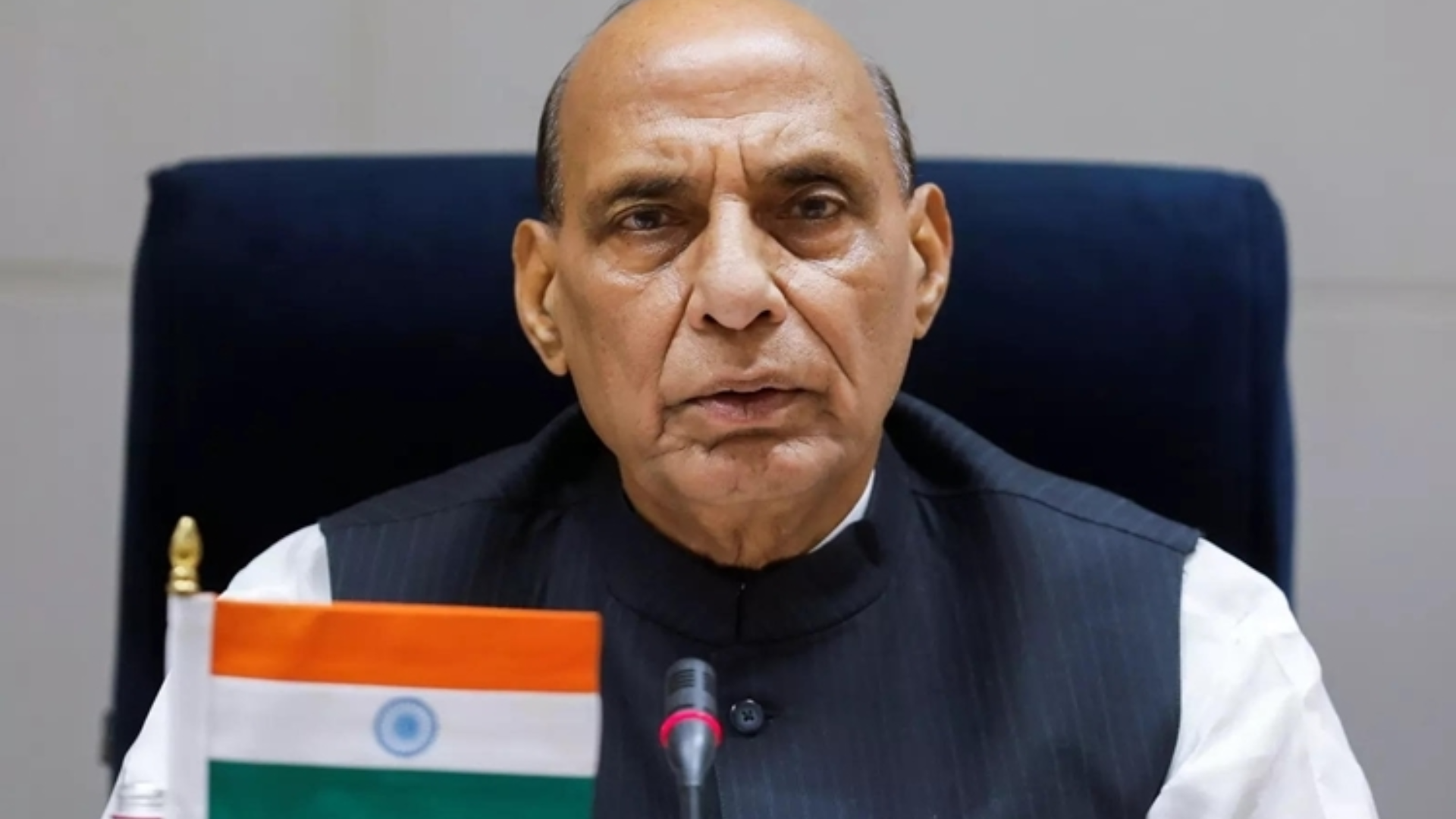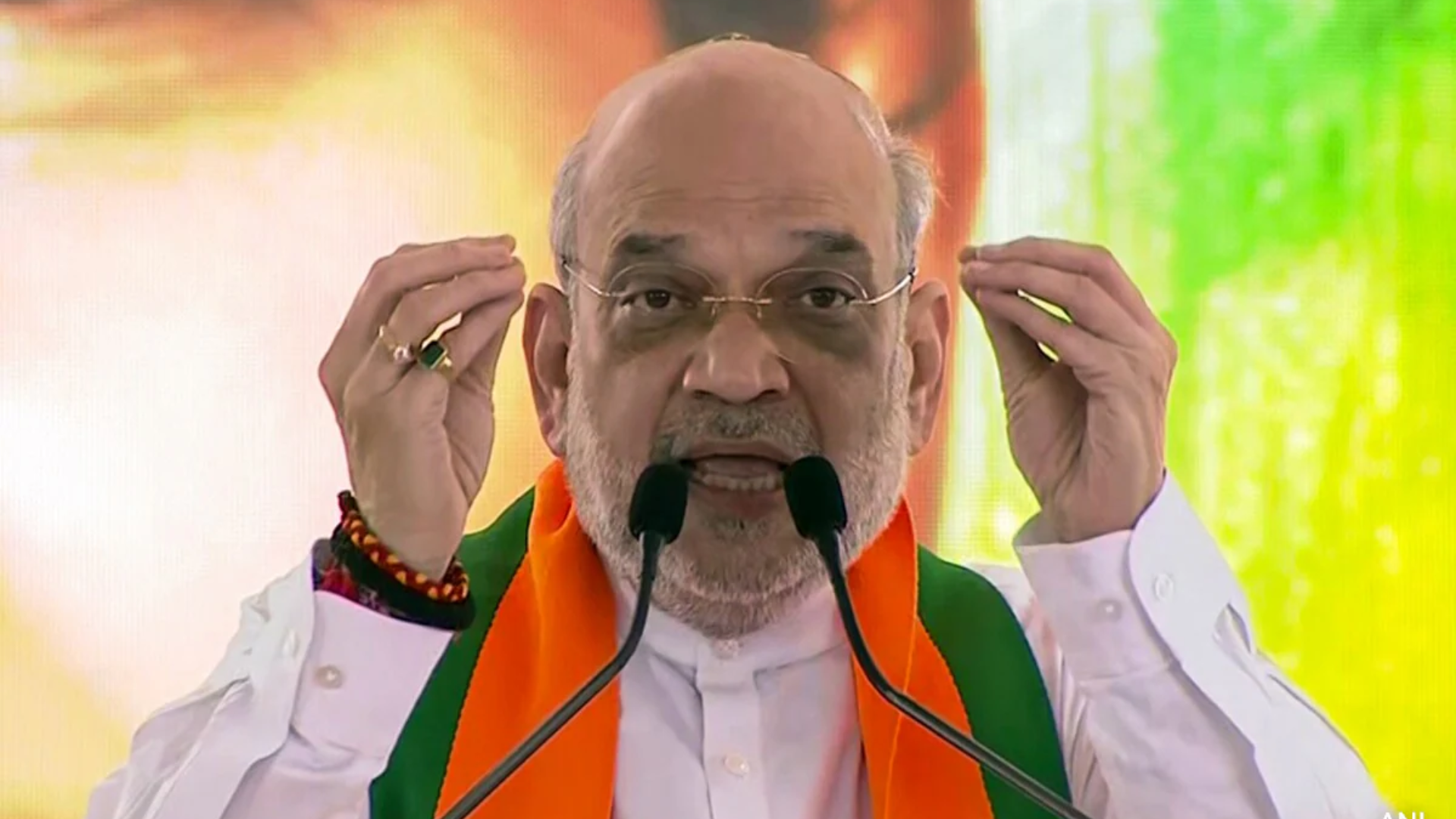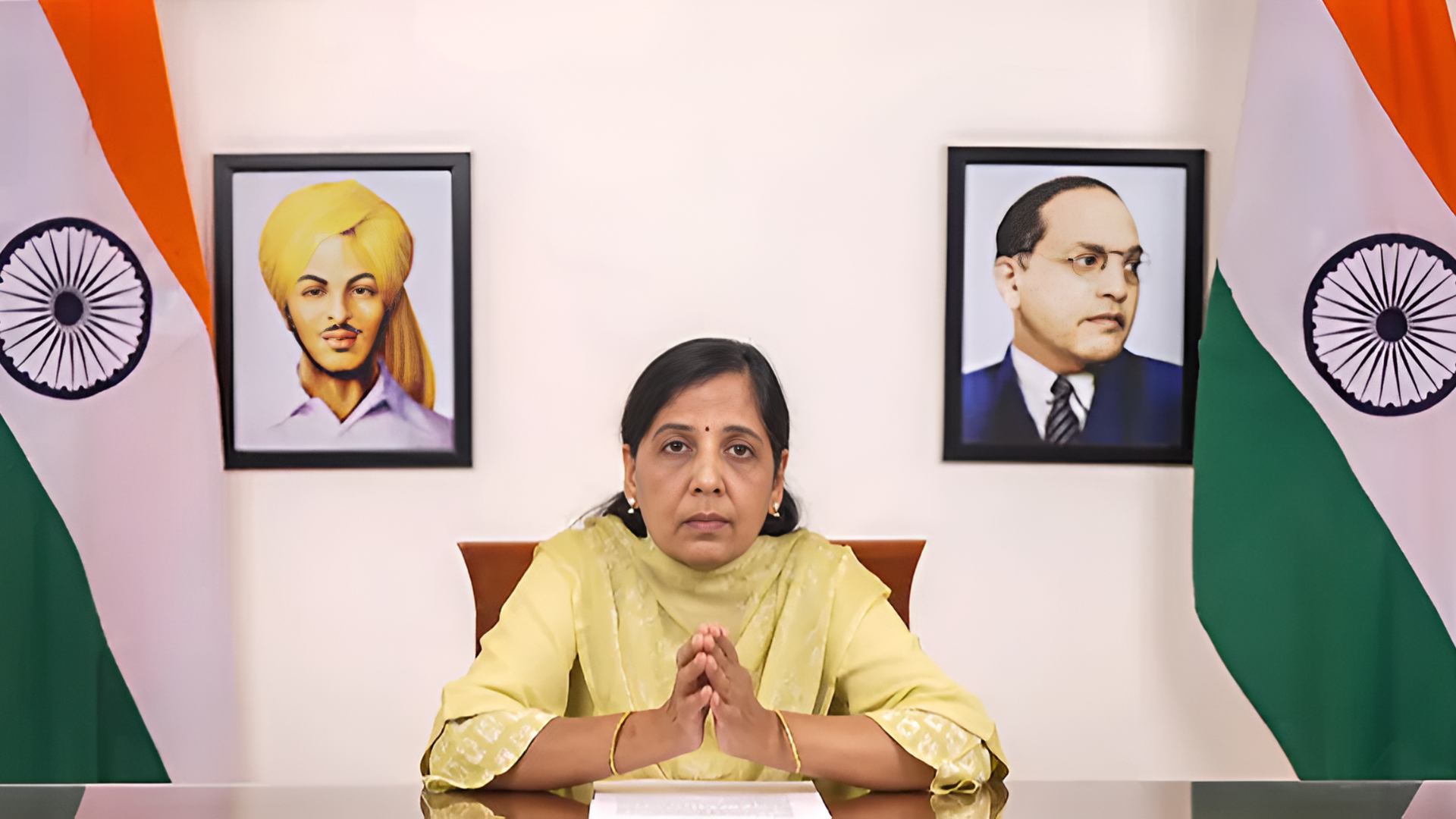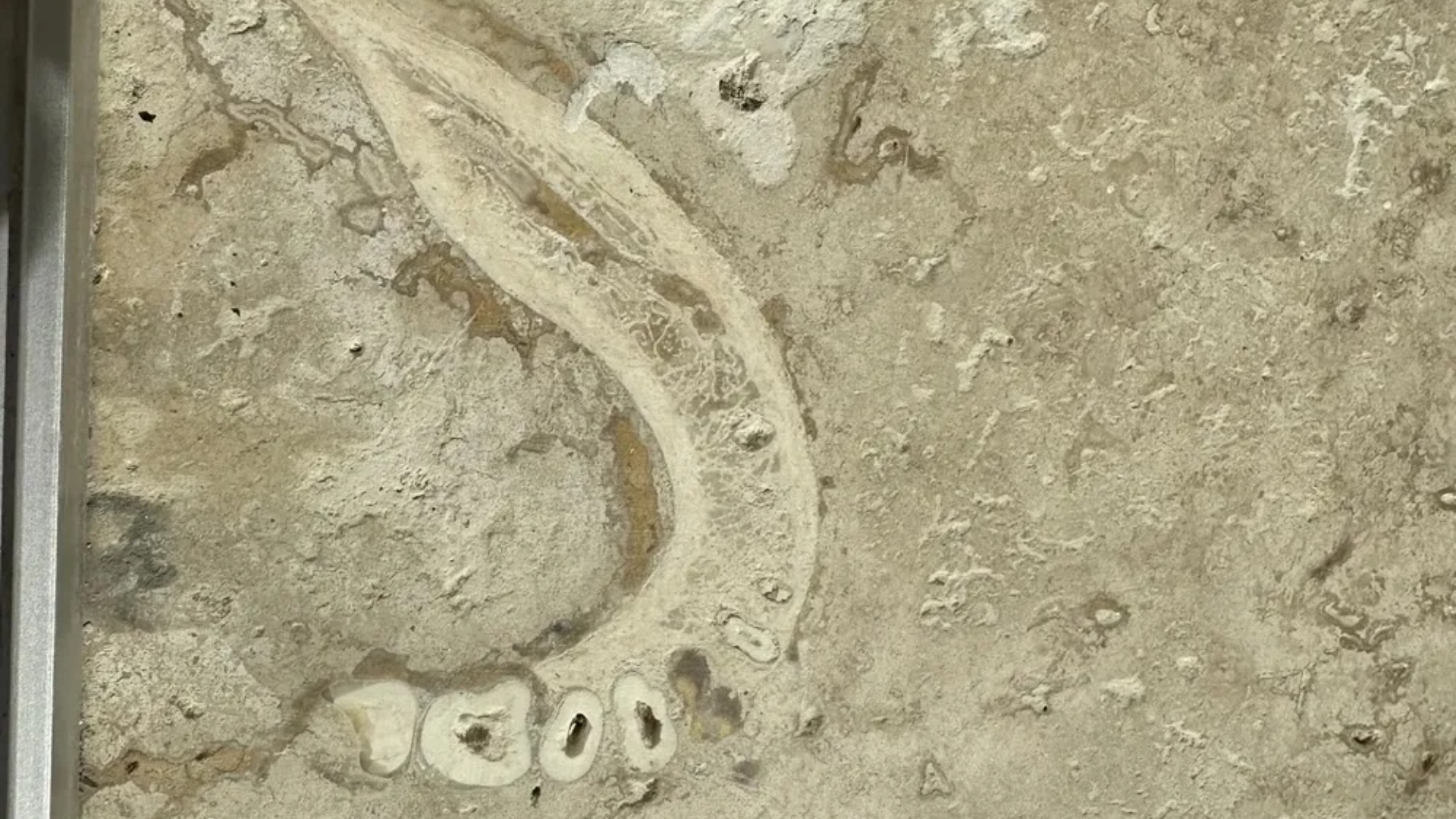










Delhi witnessed a slight improvement in air quality on Tuesday morning as light rainfall graced several parts of the National Capital Region (NCR) on the preceding day. According to the System of Air Quality and Weather Forecasting and Research (SAFAR-India), Delhi’s air quality transitioned from ‘severe’ to ‘very poor,’ registering an Air Quality Index (AQI) of 354, a marginal decline from 400 at 9 am on Monday.
The welcome respite follows light rains that swept across Delhi-NCR on Monday, offering relief to residents grappling with elevated air pollution levels over the past two weeks. Official data at 7:00 am on Tuesday recorded Anand Vihar with an AQI of 374 (very poor), while Ashok Vihar reported severe air quality with an AQI of 402.
Central Pollution Control Board data revealed a very severe AQI of 436 at ITO, a very poor AQI of 376 at Dwarka Sector 8, and a very poor AQI of 351 at IGI airport (T3).
Residents expressed gratitude for the improved conditions. Vipin Kumar from Lodhi Road remarked, “Morning walk would feel good today. The weather is good today. Rainfall has cleared the weather a lot.” Uday Pratap Singh added, “There is some relief from toxic air after rainfall. There was a lot of pollution earlier, but with the rain, it is better now. It feels good.”
The air quality index categorizes levels from ‘good’ (0-100) to ‘moderate’ (100-200), ‘poor’ (200-300), ‘very poor’ (300-400), and ‘severe’ (400-500 or above). The recent spike in AQI levels occurred following the relaxation of several restrictions by the Centre last Saturday, permitting construction activities and the entry of polluting trucks into Delhi. Notably, restrictions under stages 1 to 3 of the Graded Response Action Plan (GRAP) remained in effect.









